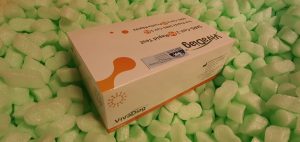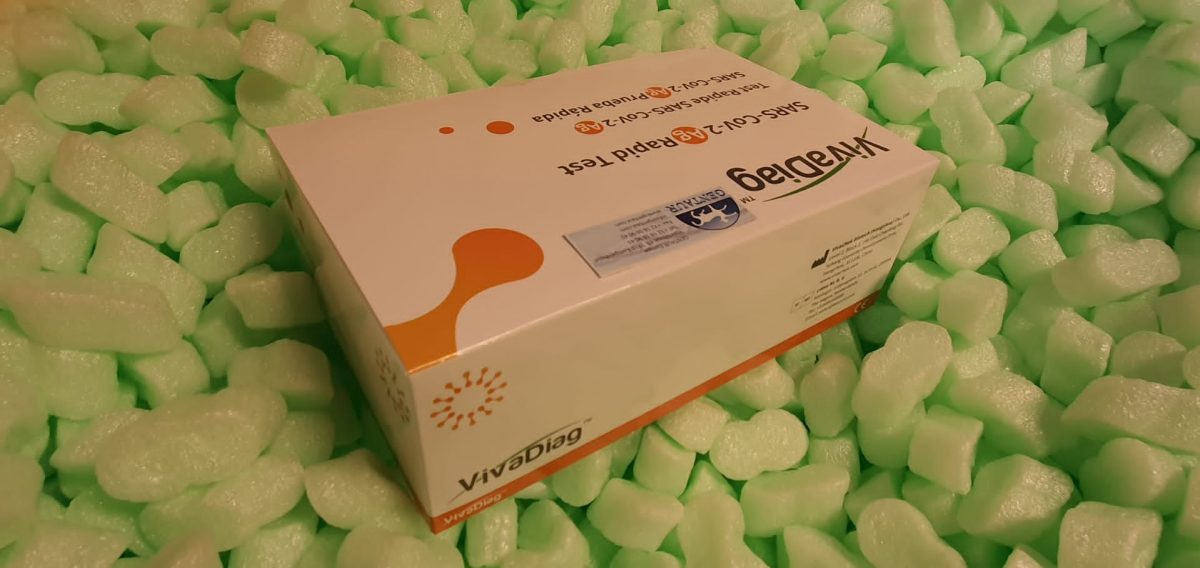Bioenergetic Science began in seventh century with the pioneer works by Joseph Priestley and Antoine Lavoisier on photosynthesis and respiration, respectively. New developments have been applied by Pasteur in 1860s with the outline of fermentations related to microorganisms, additional documented by Buchner brothers who found that fermentations additionally occurred in cell extracts within the absence of residing cells. To start with of twentieth century, Harden and Younger demonstrated that orthophosphate and different heat-resistant compounds (cozymase), later recognized as NAD/NADH, ADP, and metallic ions, have been necessary within the fermentation of glucose.
The total glycolysis pathway has been detailed in 1940s with the contributions of Embden, Meyeroff, Parnas, Warburg, amongst others. Research on the citric acid cycle began in 1910 (Thunberg) and have been elucidated by Krebs et al. within the 1940s. Mitochondrial bioenergetics gained emphasis within the late 1940s and 1950s with the works of Lenhinger, Racker, Probability, Boyer, Ernster, and Slater, amongst others. The prevalent “chemical coupling speculation” of power conservation in oxidative phosphorylation was challenged and changed by the “chemiosmotic speculation” initially formulated in 1960s by Mitchell and later substantiated and prolonged to power conservation in micro organism and chloroplasts, moreover mitochondria, with clear-cut identification of molecular proton pumps.
After identification of most reactive mechanisms, emphasis has been directed to construction decision of molecular advanced clusters, e.g., cytochrome c oxidase, advanced III, advanced II, ATP synthase, photosystem I, photosynthetic water splitting middle, and power amassing antennæ of a number of photosynthetic techniques. Trendy traits concern to the reactivity of radical and different energetic species in affiliation with bioenergetic actions. A promising development concentrates on the cell redox standing quantified by way of redox potentials. Regardless of vital improvement and advances of bioenergetic data, main points stay primarily associated with poor experimental designs not consultant of the actual native cell situations. Due to this fact, a significant effort must be applied relating to direct observations in situ.
Assist-seeking behaviors for feminine sexual dysfunction: a cross sectional research from Iran.
Feminine sexual dysfunctions (FSD) are prevalent multifactor issues that normally stay misdiagnosed in main well being care. This population-based research investigated help-seeking behaviors amongst ladies with FSD in Iran.
This was a cross sectional research carried out in Kohgilouyeh-Boyer-Ahmad province in Iran. Utilizing quota sampling all sexually energetic ladies aged 15 and over registered in main well being care supply facilities have been studied. Expertise of sexual issues was assessed utilizing an ad-hoc questionnaire (Feminine sexual dysfunction: help-seeking behaviors survey) containing 14 objects. Skilled feminine nurses interviewed all individuals after a verbal knowledgeable consent. Knowledge have been analyzed in a descriptive method.
In all 1540 ladies have been studied. Of those, 786 (51%) instances had skilled at the least one of many FSD issues. Outcomes confirmed that 35.8% of girls with FSD had sought no skilled assist and probably the most causes for not in search of assist have been recognized as: ‘time constraints’ and believing that it ‘didn’t happen to me’ (39.1 and 28.5% respectively). Sixty one p.c of girls who sought assist for FSD reported that ‘physician gave me a particular analysis’ and ‘a particular remedy plan was given’ in 57% of instances.
The research findings indicated that FSD issues have been prevalent and many ladies didn’t search assist for his or her drawback. Discovering ‘time constraints’ and believing that the issue ‘didn’t happen to me’ as probably the most cited causes for not in search of assist would possibly facilitate to grasp potential boundaries that exist in recognition and remedy of the feminine sexual dysfunctions. Since FSD might need a destructive impression on interpersonal relationships and ladies’s high quality of life, it appears that there’s want to deal with the issue each at native and nationwide main well being care providers.

Inquiry-based undergraduate educating within the life sciences at massive analysis universities: a perspective on the Boyer Fee Report.
The 1998 Boyer Fee Report advocated enchancment of undergraduate schooling at massive analysis universities by large-scale participation of undergraduates within the universities’ analysis mission. At a latest convention sponsored by the Reinvention Heart, which is devoted to furthering the targets of the Boyer Fee, individuals mentioned progress towards these targets and proposals for future motion. A breakout group representing the life sciences concluded that unbiased analysis expertise for each undergraduate will not be possible or fascinating however that transformation of lecture programs to extra inquiry-based and interactive codecs can successfully additional the Fee’s targets.
We examined early-onset new child group B streptococcal (GBS) an infection among the many inhabitants of a giant obstetric middle in western Canada for the modern interval 1987 to 1992. Assault charges for “particular” (bacteremic) and “presumptive” (urine group B antigen constructive with medical proof) GBS infections have been 0.85 and 0.90 per 1000. Ten GBS-associated stillbirths have been recorded. Seven deaths occurred amongst bacteremic newborns (18.4%). Utilizing definitions of Boyer and Gotoff, 87.2% of all moms with contaminated newborns manifested at the least one threat issue, and 69.8% of all febrile pregnancies with both definition of contaminated new child and 61.9% of a subset of the identical with bacteremic offspring had maternal temperature 38 levels C or increased previous to supply.
For our inhabitants, suggestions for common antepartum GBS screening and intrapartum prophylaxis have to be mentioned within the context of an present low frequency of bacteremic illness and with the understanding that fever in being pregnant could also be sufficient to warrant higher intervention which may additional cut back the speed of an infection.


